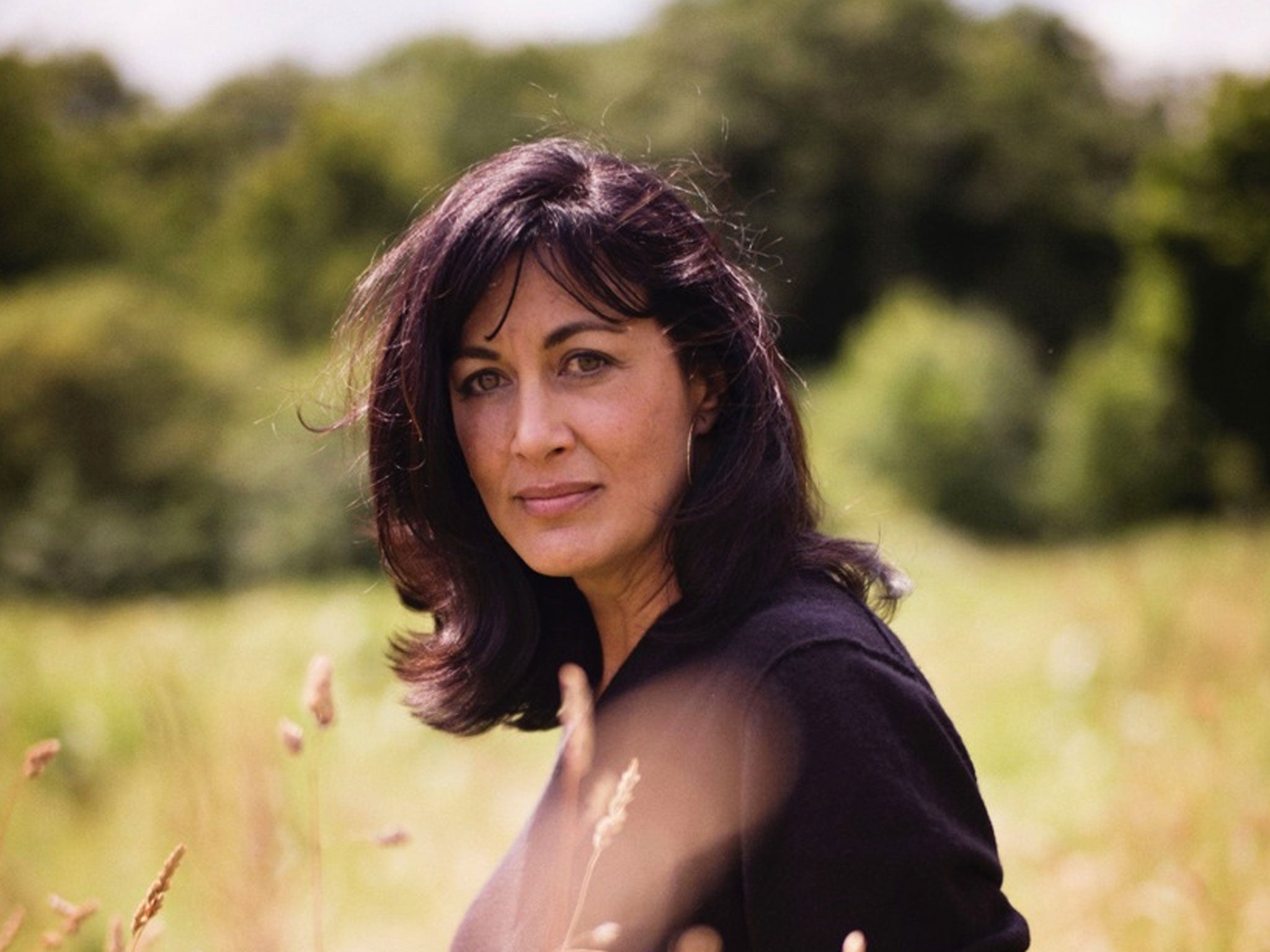The Kindness by Polly Samson, book review: Parental loss told as a twisty-turny thriller
Reader beware - Samson's book may not begin like a thriller, but it produces, without warning, some of the twists and reverses of one

The canny reviewer tries not to spoil the reader’s potential enjoyment of a book by spilling its secrets. Sometimes this can make it very awkward to write the review; to be both true to the book and helpful to the reader. Polly Samson’s second novel (she’s also the author of two acclaimed collections of short stories), is just this sort of narrative. It may not begin like a thriller, but it produces, without warning, some of the twists and reverses of one. Reader beware, things are not as they seem.
The Kindness begins in a naturalistic style, in the baking summer of 1997, at Firdaws, a picturesque cottage deep in the English countryside described in lush, lyrical prose, where Julian, “an old man of twenty-nine”, lives alone, ill and mourning the loss of his three-year-old daughter, Mira. There are no photographs of Mira now, “no sticky bottle of Calpol” by the bed, the house has been “cleansed of her existence”. This is a wringing evocation of grief. Firdaws was once Julian’s parents’ home, and redolent with older memories. His organising mother arrives with his stepfather, Michael, who is also his literary agent – Julian is the author of bizarre-sounding dog stories and film scripts for children – and the pair of them urge him respectively to eat and work. They’re followed by Katie, his childhood sweetheart, spurned years ago in favour of Mira’s mother, Julia (yes, Julian and Julia!), but now back living in the village, raw from her divorce, two little boys in tow, and with renewed designs on Julian.
As he fields these unwelcome incursions on his lonely vigil, Julian revisits the past. We learn how as a student he first met his beloved Julia while she was flying a hawk on a windy hillside. Decade-older Julia, once a teenage runaway before marrying an abuser, reflects later that she “would feel safe and comforted for the only time in her life” with Julian. She became pregnant. Julian gave up his studies to support her. She lost the child. They moved to London where Julian forged his career and Julia, too, grew happy, running a garden design business with her friend Freda. Finally, after years of childlessness Mira was born. Then Julian unwittingly spoiled everything by moving the little family down to the back of beyond, and stress and bitterness entered his and Julia’s relationship.
All this Samson recounts while moving dextrously back and forth in time, sustaining a single, seamless narrative, though it’s vital for the reader to stay alert. We bask in the charming, genteel, bohemian sensibility of her writing. Woven into it, however, like a sinister black thread, is the heart-wrenching account of Mira’s long struggle with cancer.
Then, two-thirds of the way through the novel, comes the mother of all twists. The burden of the narrative passes to Julia, but five years further on, and this apparently all-cards-all-the-table novel abruptly changes procedural tack. For a while the reader flounders, caught by the authorial sleight-of-hand, forced suddenly to review everything they thought they knew. There were clues, yes, but is there really a sense of an unclear picture now moving sharply into focus? Is it fair to dupe the reader about something all the characters knew but the reader didn’t?
Once equilibrium is regained, Julia’s narrative plunges into a different community of characters, many of whom we’ve met earlier but are now emerging fully realised from the shadows. We’re grateful for Julia’s viewpoint, and that she answers questions we were troubled by, not least by providing a properly engaging picture of Julian as she first met him, “a windswept boy lolloping towards her across the Downs… His eyelashes were... as long as a girl’s and so thick it appeared he was wearing kohl”. This helps us finally appreciate the depth of Katie’s anguish when she lost him and why, once divorced, she wants him back.
A bit less plausible, on the other hand, is the introduction of a series of odd, schematic events, such as a car crash, that rely less on carefully built-up traits of character than on chance or, in one example, biological quirk. We’re also asked to believe that Julian would act in a particular way that greatly affects the story’s outcome. Samson brings the book round, though, to a most satisfying and believable ending. The Kindness is to be read more than once, not merely to enjoy again the beauty of the writing and the considerable insights into human experience, but to test the earlier narrative with the knowledge of what is to come.
‘A Week in Paris’ by Rachel Hore is published in paperback by Simon & Schuster
Join our commenting forum
Join thought-provoking conversations, follow other Independent readers and see their replies
Comments
Bookmark popover
Removed from bookmarks